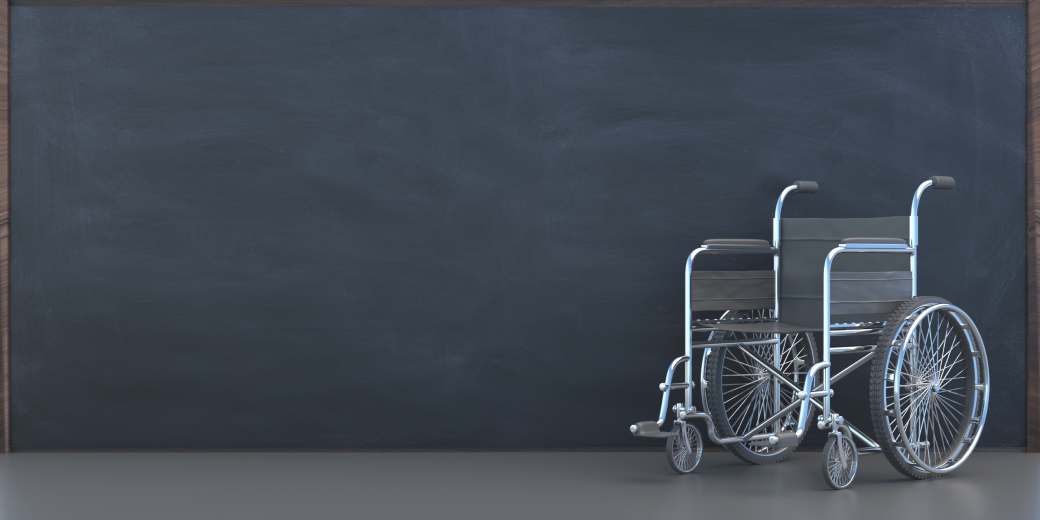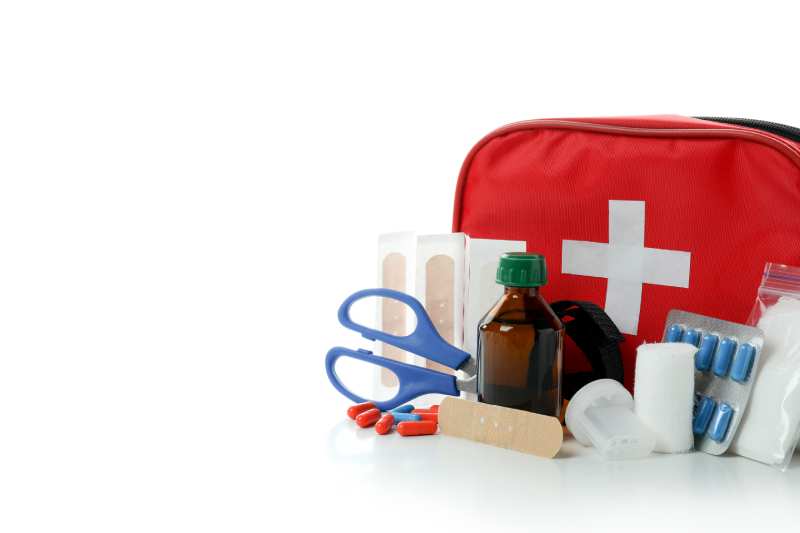Mobility FAQ
Frequent Questions about Wheelchairs
While mobility aids offer a variety of advantages to users, there isa minimal danger of harm when they are used incorrectly. Underarm crutches, for example, can produce crutch paralysis, which is caused by too much pressure on the nerves in the armpit. Rollators, when used by the elderly can become hazardous if they are not able to apply the hand brakes while on an incline.
There can be several difficulties you may come across as a wheelchair user such as hands becoming dirty and developing blisters from pushing the wheelchair manually, navigating your chair through old and smaller buildings, uneven terrain, public transportation etc.
As obvious as it may be, don't force your wheelchair up or down inclines, slopes, or staircases. Avoid hanging heavy items or bags on the back of your chair as this an cause you to tip backwards. Also do not lean forward too much, you may tip yourself out of the chair. Some users should use a seatbelt to keep them restrained in the wheelchair to avoid falling out.
Frequent Questions about Canes
The handle of the cane should come to the level of your hip bone on the side of your upper thigh when you're holding it. Your elbow should be bent about 20 degrees when you hold the handle of your cane for stability and strength.
Hold the cane against your unaffected (stronger) side of your body.
Position the cane to your side and forward a few inches.
Move the cane forward with your affected (weaker) leg at the same time.
Before stepping forward with the stronger leg, place the cane firmly on the ground.
Repeat.
A cane or walker can help you stay active without putting too much weight or pressure on your back. Staying mobile is important when you have back pain. It not only helps you do what you want to do, it helps you avoid stiffness and keep muscles and bones strong.
Frequent Questions about Walkers
First determine if you actually want a walker or if you prefer a Rolling Walker, also known as a Rollator.
Look for the appropriate height, seat width, and features in a walker or rollator. Hand brakes, under-seat storage, and portability are some examples of these features. Some users choose a rollator made of lightweight metal that can be folded up and carried on drives for portability while maintaining a second, heavier-duty rollator at home.
Have a Question?
If we still haven't answered your questions, you can contact us below and we will be glad to assist you. Our goal is your satisfaction.






